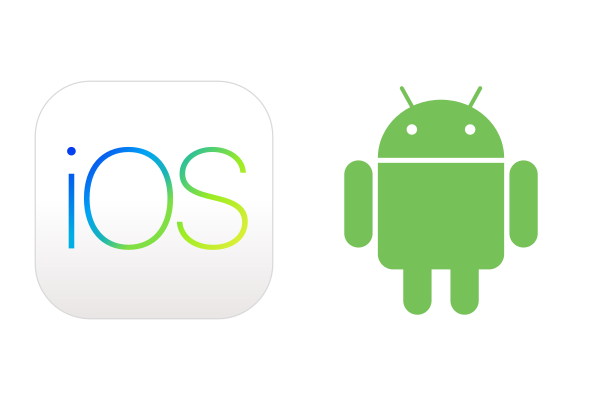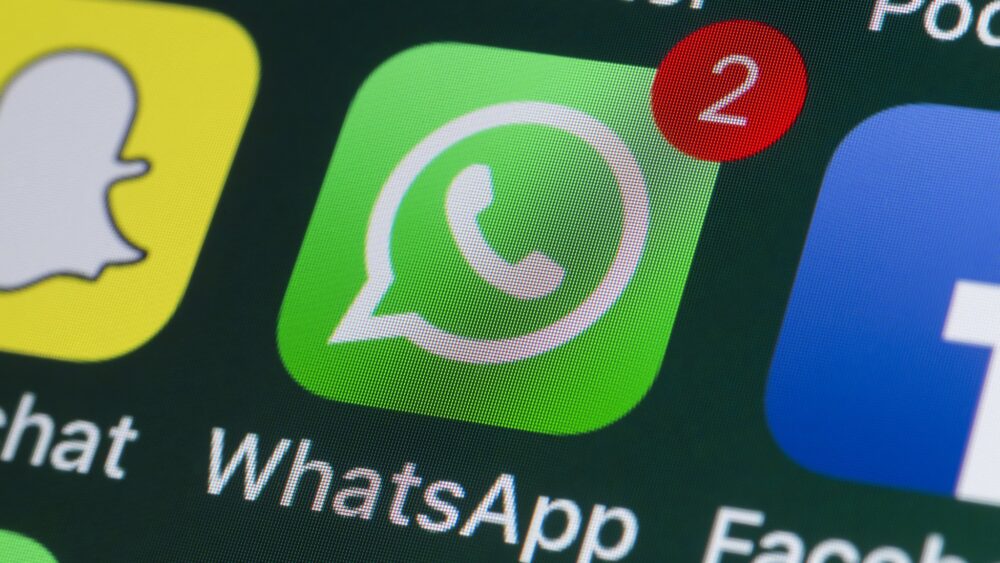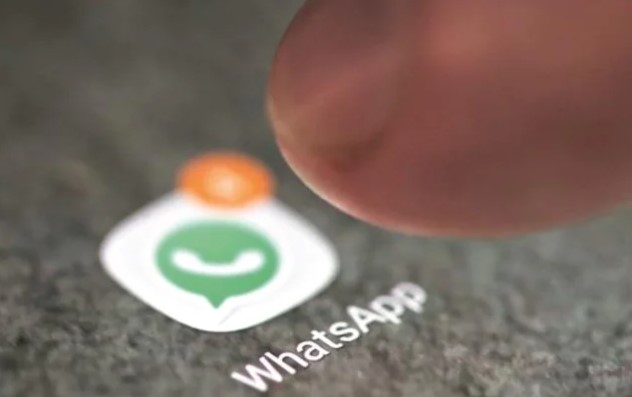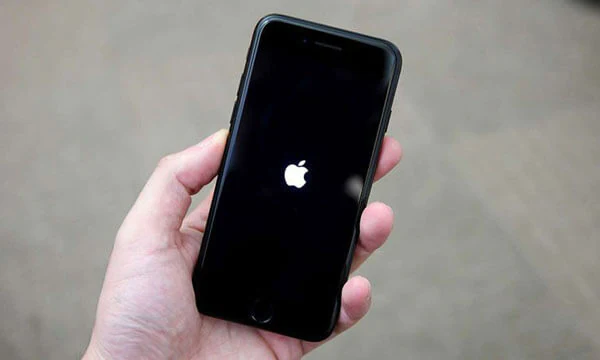The back button on your iPhone or Android device is a crucial navigation tool that allows you to easily return to the previous screen or app. However, at times, you may encounter issues where the back button stops working or becomes unresponsive. This can be frustrating, especially when you’re in the middle of an important task or trying to navigate through different apps or web pages. In this article, we will explore various troubleshooting methods to fix the back button not working on iPhone and Android devices.
Before we dive into the troubleshooting methods, it’s important to understand the common causes of back button issues on both iPhone and Android devices. These issues can occur due to various reasons, such as:
- Software Glitches: Sometimes, temporary software glitches or bugs can cause the back button to stop working correctly.
- Outdated Software: Running outdated operating systems or apps can lead to compatibility issues, including problems with the back button.
- App-Specific Problems: Certain apps may have their own navigation systems, overriding the default back button functionality.
- Hardware Malfunction: In rare cases, a malfunctioning hardware component, such as a faulty button, can cause the back button to become unresponsive.
Now, let’s dive into the troubleshooting methods for both iPhone and Android devices.
Troubleshooting Methods for iPhone
Method 1: Restart Your iPhone
One of the simplest and most effective troubleshooting steps is to restart your iPhone. This can help resolve temporary software glitches that may be causing the back button to malfunction.
To restart your iPhone, follow these steps:
- Press and hold the power button (located on the side or top of your device) until the power off slider appears.
- Slide the power off slider to turn off your iPhone.
- Wait for a few seconds, then press and hold the power button again until the Apple logo appears.
- Release the power button and wait for your iPhone to restart.
Method 2: Update iOS to the Latest Version
Ensuring that your iPhone is running the latest version of iOS is crucial for optimal performance and bug fixes. Software updates often include improvements and bug fixes that can address issues with the back button and other functionalities.
To update your iPhone’s iOS, follow these steps:
- Open the “Settings” app on your iPhone.
- Scroll down and tap on “General.”
- Tap on “Software Update.” If an update is available, you’ll see a notification here.
- Tap on “Download and Install” to begin the update process. Make sure your iPhone is connected to a Wi-Fi network and has sufficient battery life.
Method 3: Reset All Settings
If the back button issue persists, you can try resetting all settings on your iPhone. This will not delete any data or apps but will reset all system settings to their default values. It can help resolve any misconfigurations that might be causing the back button problem.
To reset all settings on your iPhone, follow these steps:
- Open the “Settings” app on your iPhone.
- Scroll down and tap on “General.”
- Scroll down again and tap on “Reset.”
- Tap on “Reset All Settings.”
- Enter your passcode if prompted, then confirm the reset by tapping on “Reset All Settings” again.
Method 4: Reset Network Settings
In some cases, network settings can interfere with the proper functioning of the back button. Resetting network settings can help resolve any network-related issues that might be affecting the back button.
To reset network settings on your iPhone, follow these steps:
- Open the “Settings” app on your iPhone.
- Scroll down and tap on “General.”
- Scroll down again and tap on “Reset.”
- Tap on “Reset Network Settings.”
- Enter your passcode if prompted, then confirm the reset by tapping on “Reset Network Settings” again.
Method 5: Restore iPhone to Factory Settings
If all else fails, restoring your iPhone to factory settings can be a last resort. This will erase all data and settings on your device, so make sure to back up your important data beforehand. Restoring your iPhone to factory settings can help resolve any persistent software issues that may be causing the back button problem.
To restore your iPhone to factory settings, follow these steps:
- Connect your iPhone to a computer with iTunes installed.
- Open iTunes and select your iPhone from the device list.
- Click on the “Summary” tab and then click on “Restore iPhone.”
- Follow the on-screen instructions to complete the restoration process.
Troubleshooting Methods for Android
Method 1: Restart Your Android Device
Similar to iPhones, restarting your Android device can often resolve temporary software glitches that may be affecting the back button.
To restart your Android device, follow these steps:
- Press and hold the power button until the power menu appears.
- Tap on “Restart” or “Reboot” depending on your device.
- Wait for your device to restart.
Method 2: Clear Cache and Data of the App
If the back button issue is specific to a particular app, clearing the cache and data of that app can help resolve the problem. This will remove temporary files and data associated with the app, potentially resolving any conflicts that may be causing the issue.
To clear the cache and data of an app on Android, follow these steps:
- Open the “Settings” app on your Android device.
- Tap on “Apps” or “Applications” (the name may vary depending on your device).
- Find the app experiencing the back button issue and tap on it.
- Tap on “Storage” or “Storage & cache.”
- Tap on “Clear cache” and confirm the action.
- If the issue persists, tap on “Clear data” or “Clear storage” and confirm the action. Note that this will delete all app data, including login information and settings.
Method 3: Disable Accessibility Services
Sometimes, certain accessibility services can interfere with the back button functionality on Android devices. Disabling these services can help resolve the issue.
To disable accessibility services on Android, follow these steps:
- Open the “Settings” app on your Android device.
- Tap on “Accessibility” or “Accessibility & Gestures.”
- Look for any enabled accessibility services and toggle them off.
Method 4: Uninstall and Reinstall the App
If the back button issue is specific to a particular app, uninstalling and reinstalling the app can help resolve any app-specific bugs or conflicts.
To uninstall and reinstall an app on Android, follow these steps:
- Open the “Settings” app on your Android device.
- Tap on “Apps” or “Applications.”
- Find the app experiencing the back button issue and tap on it.
- Tap on “Uninstall” or “Uninstall updates” (if available).
- Confirm the uninstallation.
- Visit the Google Play Store and search for the app.
- Tap on “Install” to reinstall the app.
Method 5: Perform a Factory Reset
If all else fails, performing a factory reset can help resolve persistent software issues that may be affecting the back button. However, this will erase all data and settings on your Android device, so make sure to back up your important data beforehand.
To perform a factory reset on Android, follow these steps:
- Open the “Settings” app on your Android device.
- Scroll down and tap on “System” or “System & Updates.”
- Tap on “Reset” or “Reset options.”
- Tap on “Factory data reset” or “Erase all data.”
- Read the information and warnings, then tap on “Reset phone” or “Reset tablet.”
- Enter your device’s PIN or password, then tap on “Next.”
- Tap on “Erase everything” or “Reset phone.”
Additional Tips and Tricks
Tip 1: Use Gestures as an Alternative
If the back button on your device is consistently unresponsive, you can consider using gestures as an alternative navigation method. Many modern smartphones offer gesture-based navigation options that can replace the traditional back button.
Tip 2: Enable AssistiveTouch
Both iPhone and Android devices offer accessibility features that can add virtual buttons to your screen, including a back button. Enabling AssistiveTouch on iPhone or the equivalent feature on Android can provide a workaround for the back button issue.
Tip 3: Update Apps
Regularly updating your apps to the latest versions can help ensure compatibility with your device’s operating system and resolve any known issues or bugs.
Tip 4: Contact Manufacturer Support
If you’ve tried all the troubleshooting methods and the back button issue persists, it may be worth reaching out to the manufacturer’s support team for further assistance. They can provide specific guidance or offer repairs if necessary.
Conclusion
The back button not working on your iPhone or Android device can be an annoying issue, but it’s not insurmountable. By following the troubleshooting methods outlined in this article, you can often resolve the problem and regain the full functionality of your device’s back button. Remember to start with the simpler methods, such as restarting your device or updating the software, before moving on to more advanced solutions like factory resetting. If all else fails, don’t hesitate to seek support from the manufacturer.







